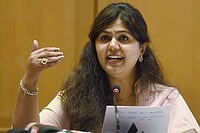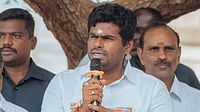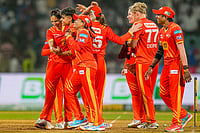Birendra ascended the throne in 1972 but failed to live up to the people's expectations. It was only 18 years later, in 1990, that the monarch was forced by a growing pro-democracy movement to change the political system. On several earlier occasions the king had expressed his views in favour of a democratic change, but the deeply-entrenched network of courtiers who ruled by proxy during the years of absolute monarchy frustrated the silent will.
What makes the king a true democrat is the fact that he strictly adheres to the new constitution. In an incident soon after assuming power, King Birendra had thanked the host of a meeting of intellectuals by saying "on my and my wife's behalf" instead of the set protocol which required him to say "on behalf of their majesties". This endeared him to the masses and raised the hopes of the political parties banned by his father. In 1978, when students took to the streets protesting against the death sentence awarded to Z.A. Bhutto in Pakistan, King Birendra—overruling the courtiers—ordered a national referendum to decide whether to continue with the partyless panchayat system or to switch over to a multi-party democracy. The referendum, however, was thoroughly rigged. But the 1990 mass movement, which received international support, put the king on the other side of the fence. Although Birendra personally stopped the army from the march that would have seen the massacre of thousands of students and intellectuals in Nepal's only university—Tribhuvan University—he was slow in responding to the surging demand for democracy which continued for three months. Nevertheless, the final transformation to a constitutional monarchy has only made the institution more permanent.





















